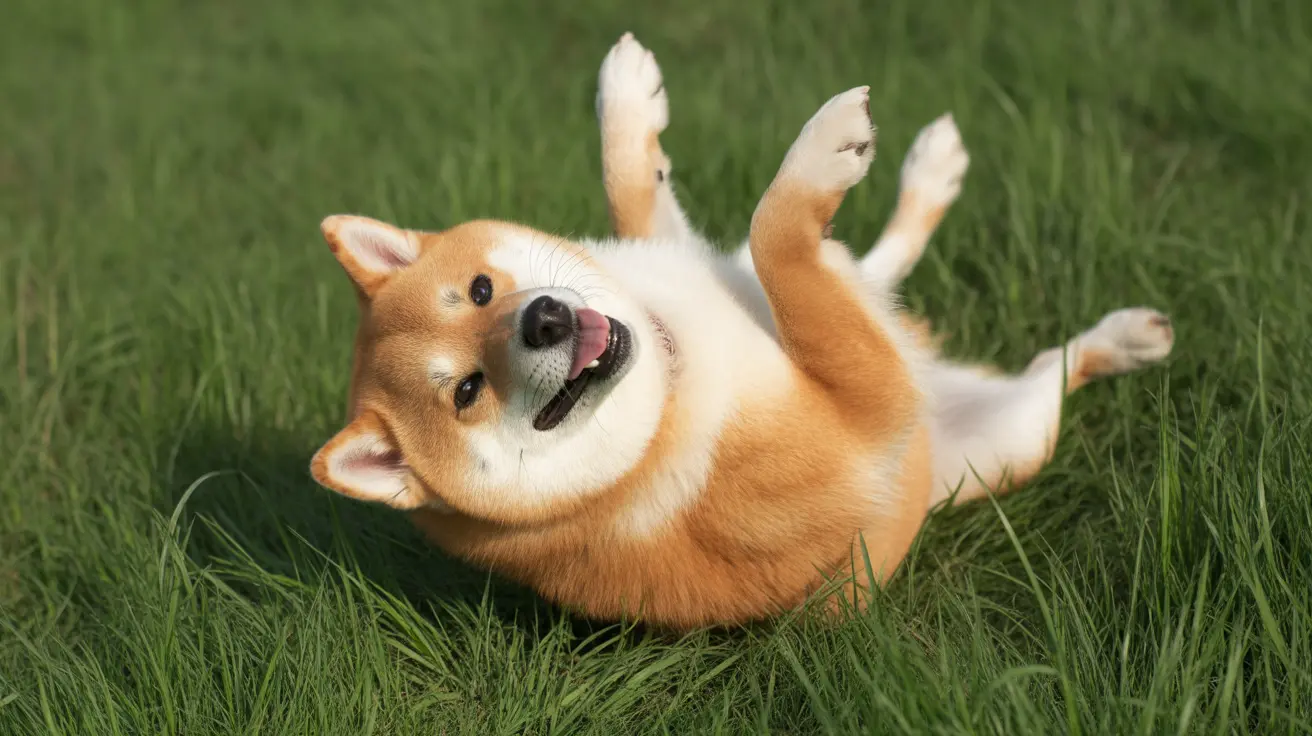Many pet owners wonder about their dog's cleanliness, especially when comparing them to other pets like cats. While dogs aren't naturally as fastidious as their feline counterparts, understanding their hygiene needs can help keep them clean and healthy. Let's explore the truth about canine cleanliness and what it takes to maintain proper dog hygiene.
Unlike cats who spend up to half their waking hours self-grooming, dogs rely primarily on their human companions for cleanliness. This difference in natural grooming behaviors often leads to the question of whether dogs are truly clean animals.
Natural Grooming Behaviors in Dogs
Dogs exhibit different grooming behaviors compared to other pets. While they do some self-grooming through licking, they don't have the same systematic approach as cats. This behavior stems from their evolutionary history as pack animals, where mutual grooming was more common than extensive self-grooming.
Natural dog behaviors that affect their cleanliness include:
- Rolling in grass or dirt
- Digging in soil
- Playing in water or mud
- Exploring with their nose and mouth
The Science of Dog Cleanliness
Contrary to popular belief, research has shown that dogs may be cleaner than we think. Studies have found that dog fur often harbors fewer bacteria than human beards, and their mouths contain different but not necessarily more harmful bacteria than human mouths.
However, dogs can still carry and transmit certain bacteria and parasites, making regular hygiene maintenance essential for both pet and human health.
Essential Grooming Practices
Maintaining a clean dog requires a comprehensive grooming routine that includes:
Regular Brushing
Brush your dog's coat 1-7 times per week, depending on their fur type. This removes loose hair, distributes natural oils, and prevents matting.
Proper Bathing Schedule
Most dogs need bathing every 4-8 weeks, though this varies based on lifestyle and coat type. Using dog-specific shampoos is crucial to maintain proper skin pH balance.
Nail Care
Trim nails every 2-4 weeks, or when you hear them clicking on the floor. Regular walks on concrete can help naturally file them down.
Health Benefits of Regular Grooming
Maintaining proper dog hygiene offers numerous health benefits:
- Early detection of skin issues or abnormalities
- Prevention of matting and skin infections
- Reduced shedding and dander in the home
- Better oral health through regular dental care
- Decreased risk of ear infections
Creating a Healthy Environment
Keep your dog clean by maintaining their living space:
- Wash bedding weekly
- Clean food and water bowls daily
- Sanitize toys regularly
- Vacuum and sweep frequently to remove hair and dander
Frequently Asked Questions
Are dogs naturally clean like cats, or do they need regular baths to stay hygienic?
Dogs are not naturally as clean as cats and require human assistance to maintain proper hygiene. While they do some self-grooming, they need regular baths and grooming sessions to stay clean and healthy.
How often should I bathe my dog to keep them clean without drying out their skin?
Most dogs need bathing every 4-8 weeks, though this varies by breed and lifestyle. Over-bathing can dry out their skin, so stick to dog-specific shampoos and don't bathe more frequently unless directed by a veterinarian.
Can dogs make people sick if they aren't groomed regularly, and what hygiene steps should pet owners take?
Yes, ungroomed dogs can potentially transmit bacteria and parasites to humans. Regular grooming, hand washing after handling dogs, and maintaining clean living spaces are essential preventive measures.
What's the best grooming routine for my dog's breed and coat type to maintain cleanliness and health?
The ideal grooming routine varies by breed. Short-haired breeds might need weekly brushing and monthly baths, while long-haired breeds require daily brushing and more frequent professional grooming. Consult your veterinarian for breed-specific recommendations.
Is it true that a dog's mouth is cleaner than a human's, and are there any health risks from dog licks?
This is a myth. Dog mouths contain different bacteria than human mouths, but they're not cleaner. While occasional licks are generally harmless, it's best to avoid letting dogs lick open wounds or faces, as their saliva can contain harmful bacteria.






